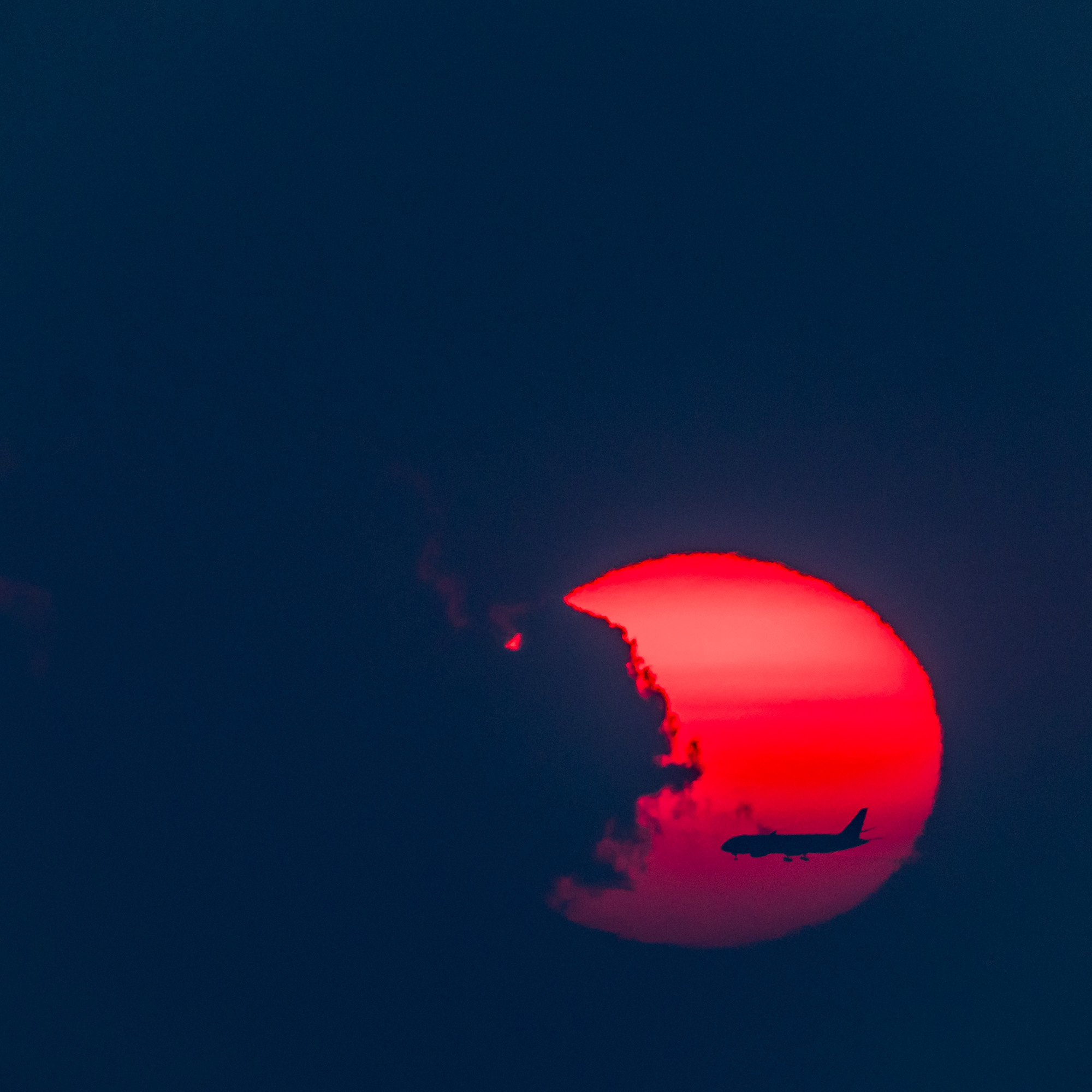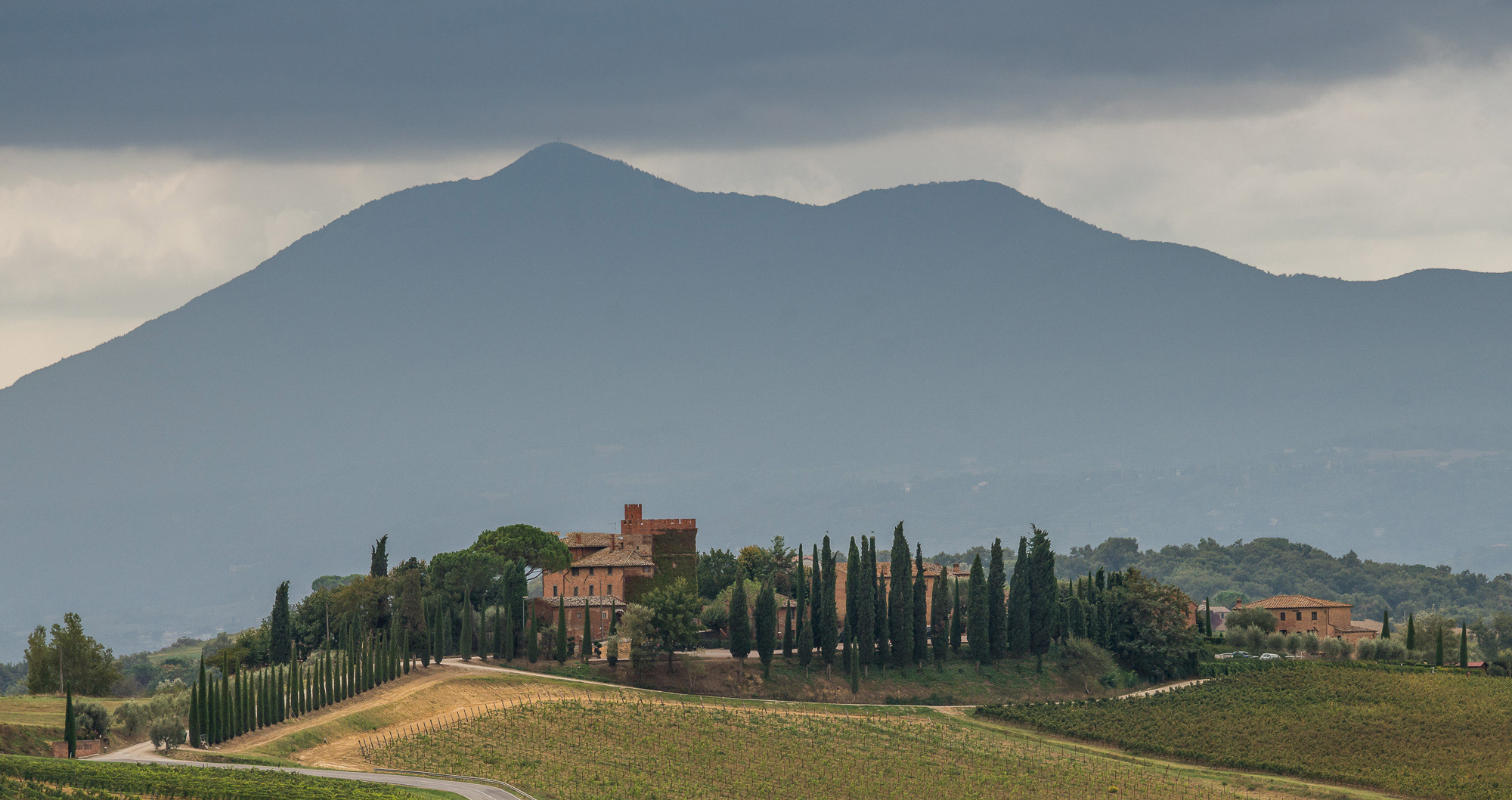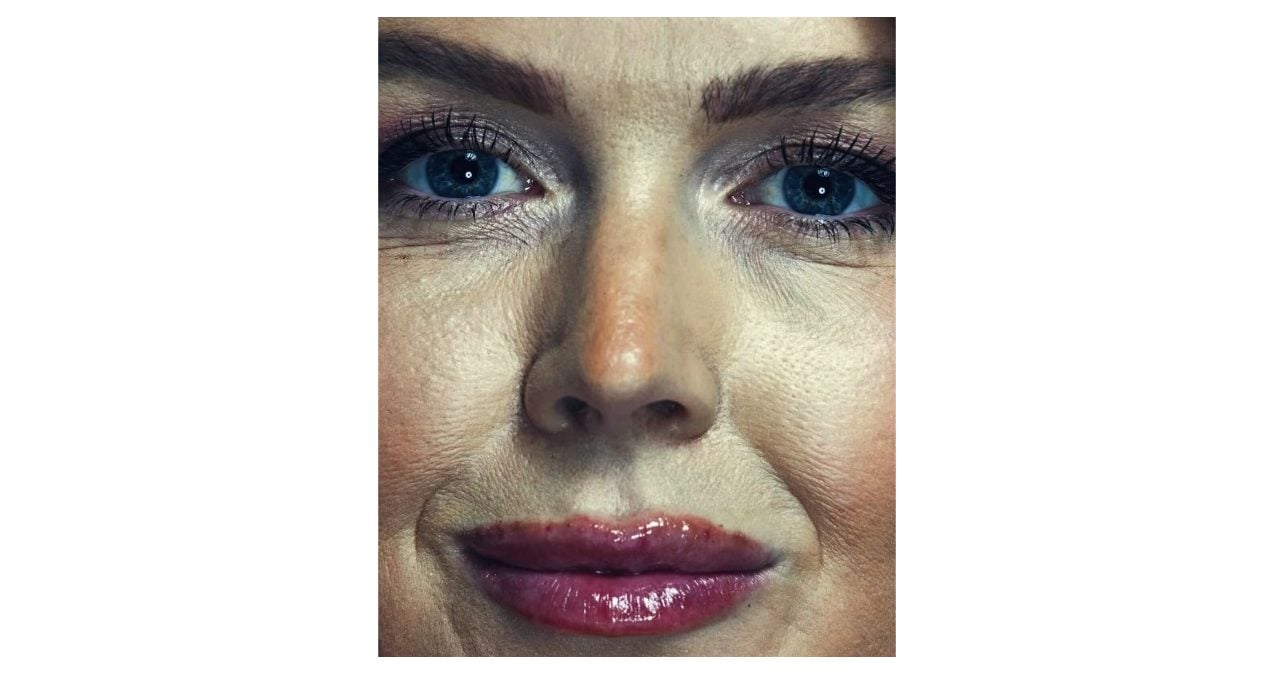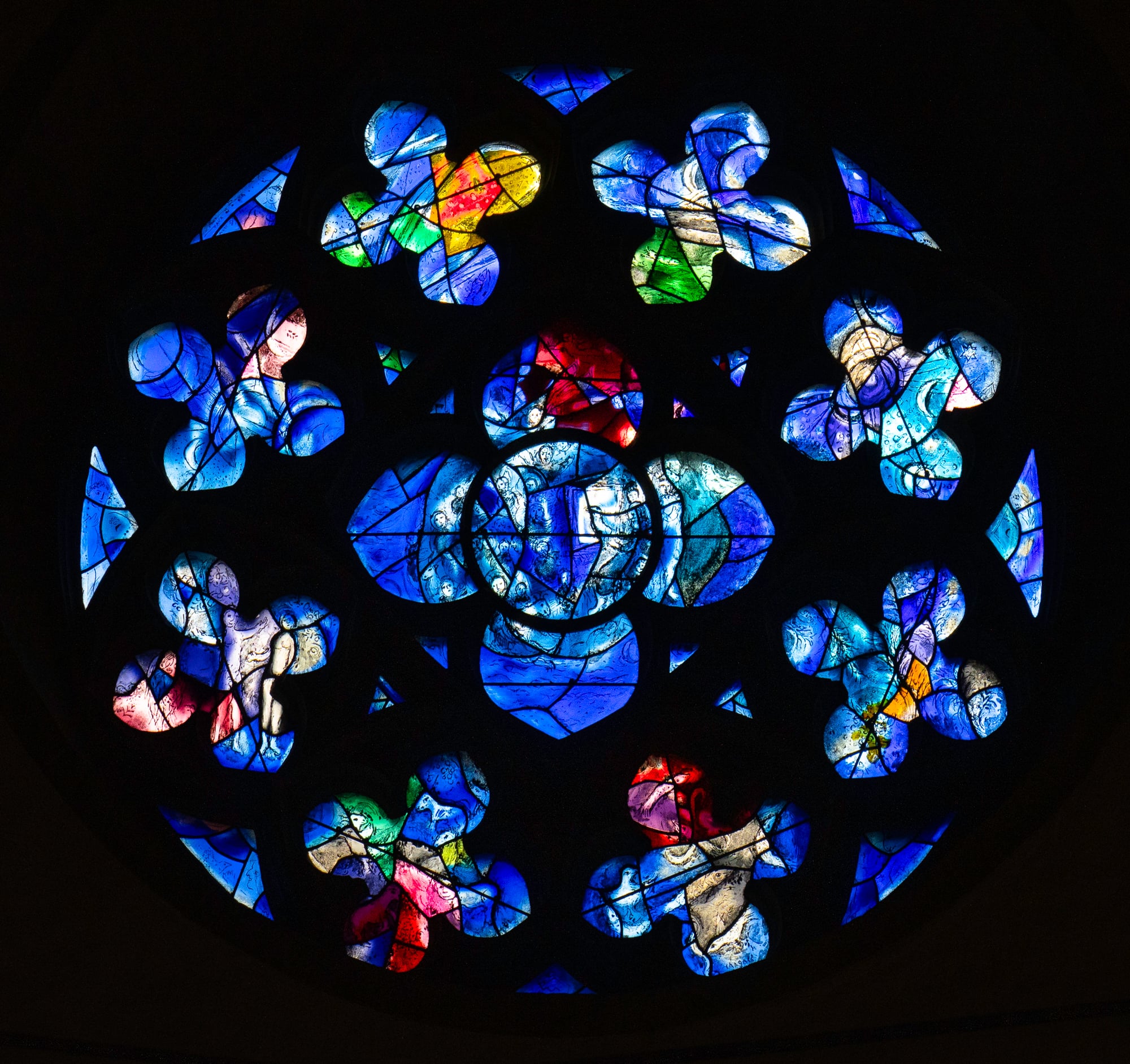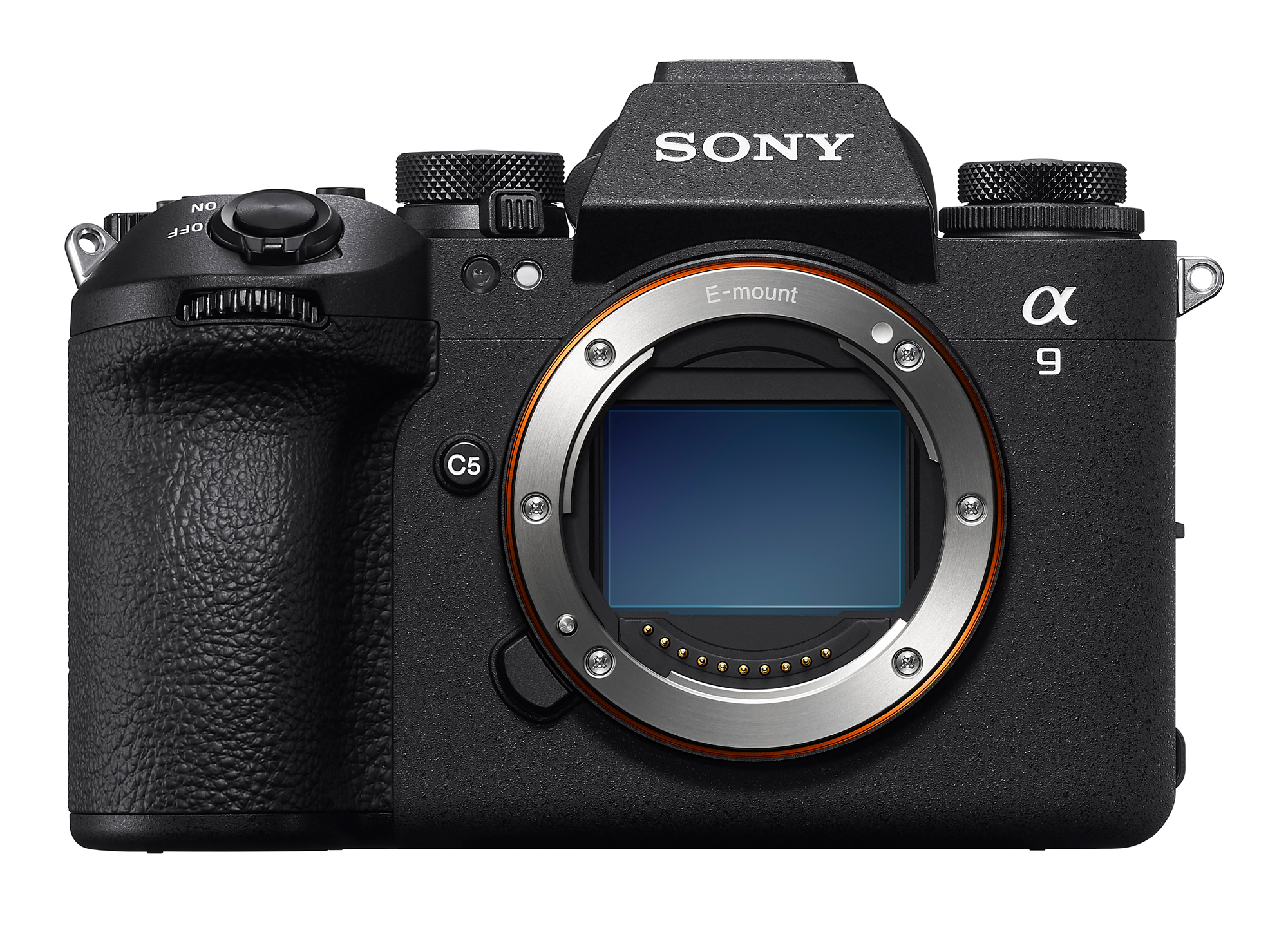

I have been in the camera industry for 52-plus years. I have even worked for a camera company, and I have seen a lot of major advancements. Today, I saw something that will revolutionize cameras forever. Today, Sony introduced the Sony a9 III. This camera has changed everything with the introduction of the Global Shutter.
We have talked about global shutters for years and years. The global shutter would change everything, and today, Sony introduced the camera of the future. The global shutter has been around in smaller cameras like mobile devices and some scientific and industrial cameras, but never in a pro-consumer camera.
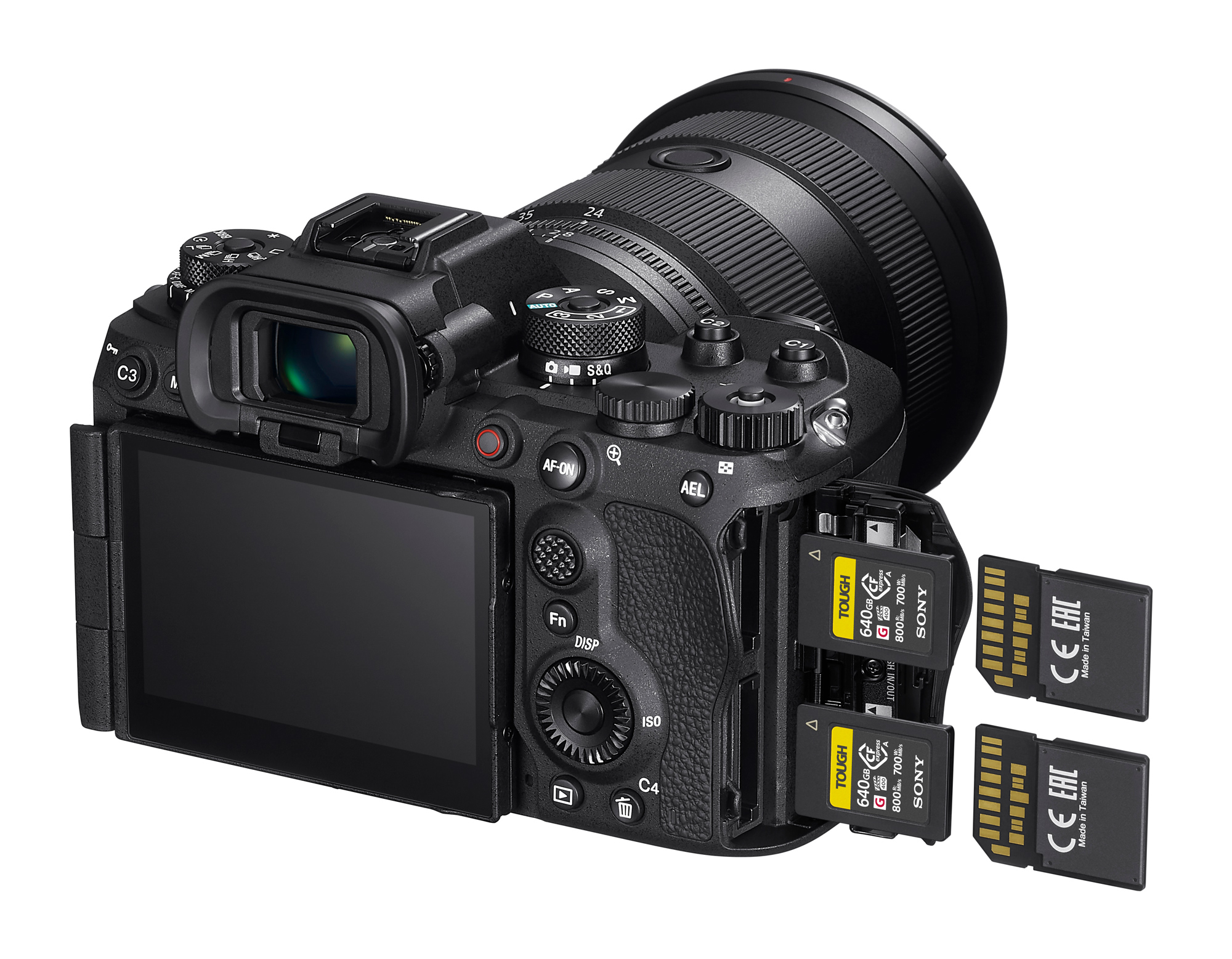

If you have never heard of a global shutter, you most likely aren’t alone. The global shutter is a significant advancement in sensor technology. Unlike existing sensors that read each pixel row-by-row, the global shutter reads each pixel simultaneously. It passes it to the digital processor in one push.
The present sensors, since they record row by row, are susceptible to a rolling shutter or a jello effect, especially with moving subjects. By capturing the whole image at once, this is no longer a problem.
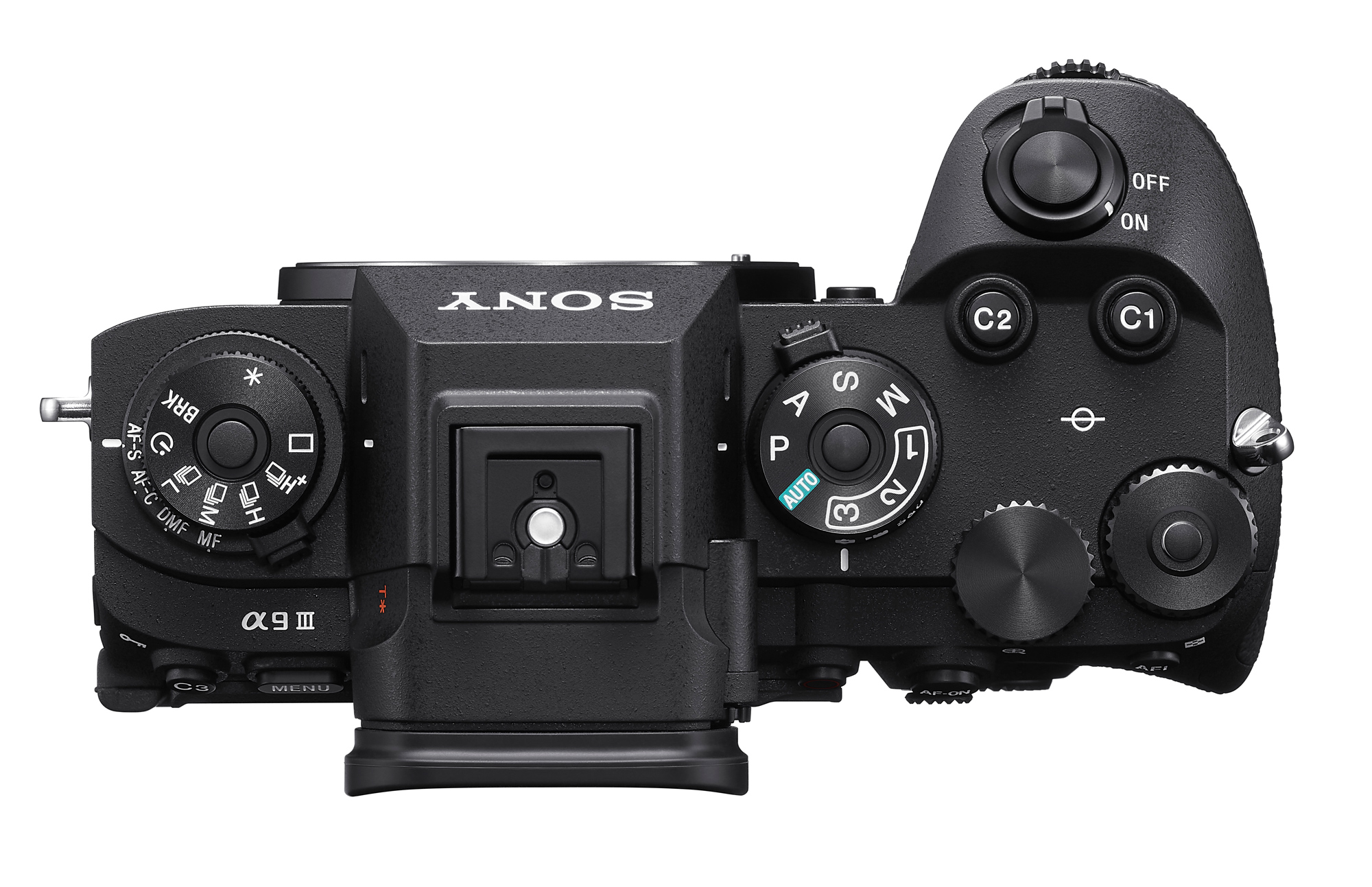

Because there are no mechanical parts to wear out, the shutters can last forever. The exposure speed is determined by simply turning on and off the sensor. This allows for an amazing shutter speed capability of 1/80,000 th of a second and flash sync up to 1/8000 th of a second—even better, the sensor is capable of 120 frames per second in 1.6-second bursts.
The Video (13:22)
At these speeds, you can capture a ton of images. You pick your image in review by watching it as a movie and marking the frames you want to keep. Most likely, after editing, you’ll be throwing a lot of frames away.
The idea of capturing the perfect action image is now a reality. I expect to see some fantastic photos in the coming years as these global shutters are used in more and more cameras. Photography has changed.
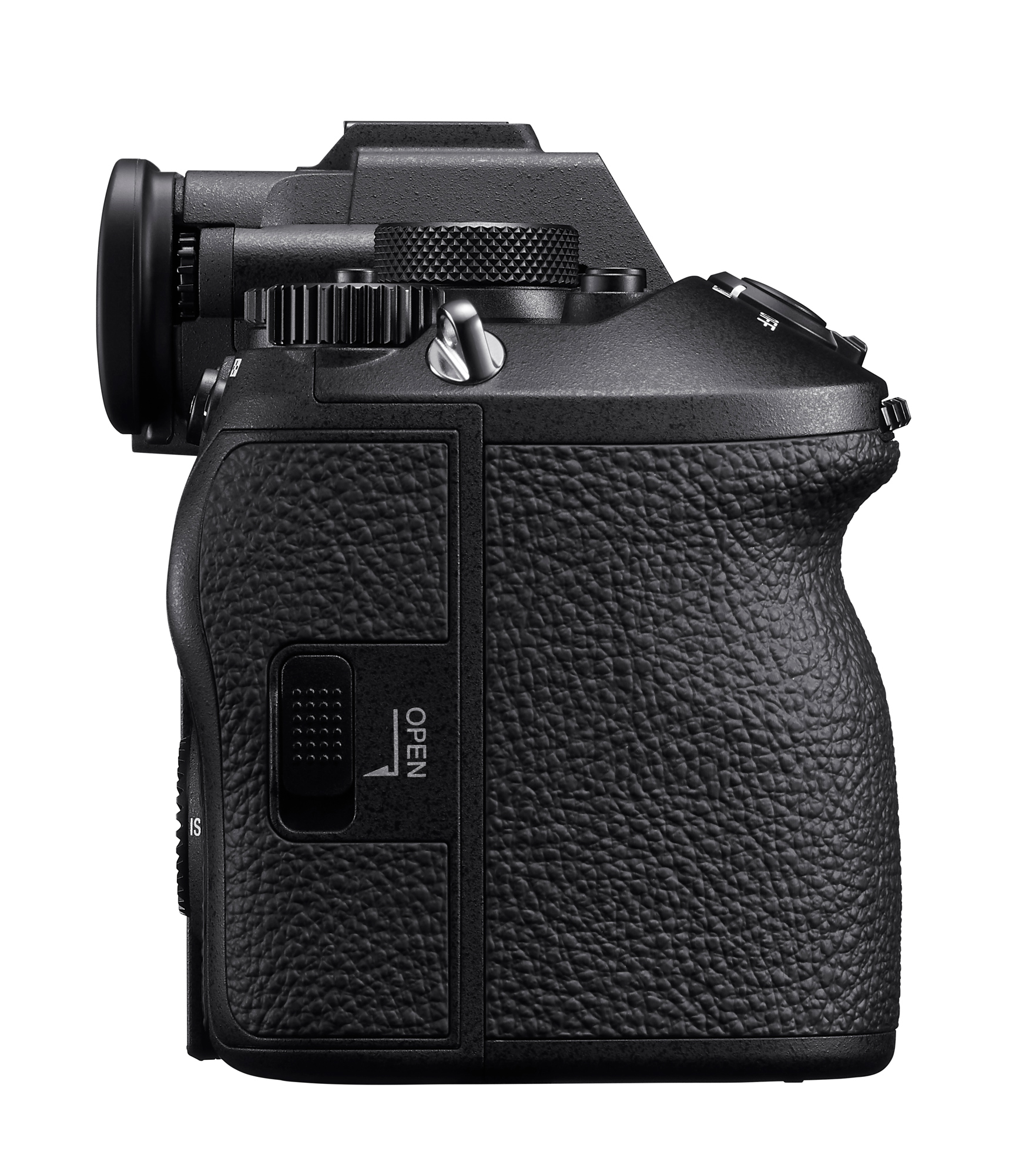

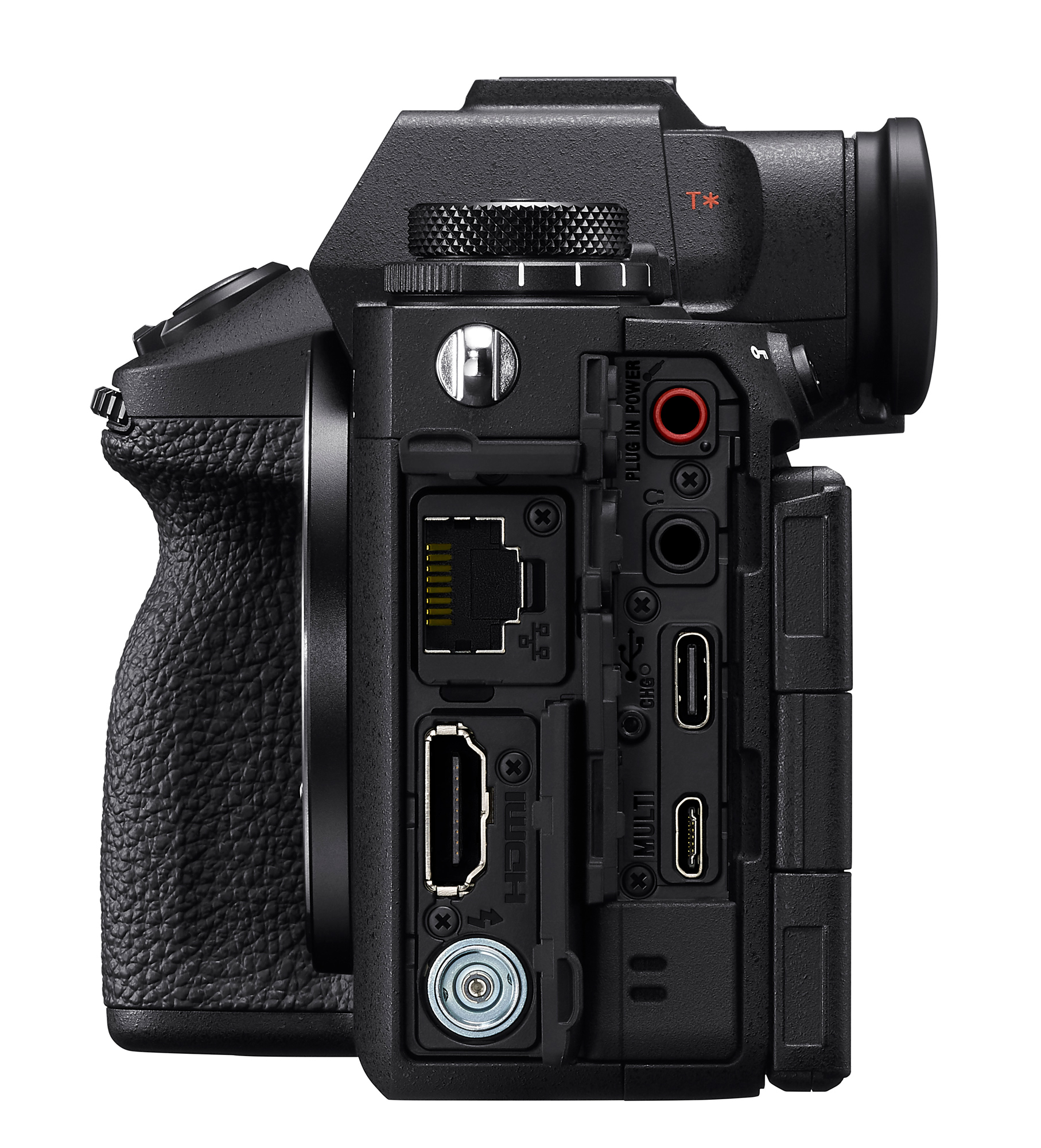

One of the most remarkable features of the a9 III is prerecording. Imagine this: you have a bird on a branch in your viewfinder all lined up. You want to capture the bird as it takes flight, but at the speed at which a bird flies off, it might be a hit-or-miss situation.
With prerecording, you can set a time frame of, say, 5 seconds and a frame rate for captures. Now, when looking through the viewfinder, you push the shutter release halfway down, and the sensor starts to record a 5-second loop. All of a sudden, the bird takes flight. You push the shutter down all the way and hold it to capture the flight, and exposures are made until you take your finger off the shutter. The big deal here is the 5 seconds before the flight are also recorded and added to the group of Images. You don’t miss a thing. I have had hundreds of images ruined because my shutter finger wasn’t fast enough. That won’t happen anymore.
Of course, many new features using this sensor appear on the video side of things, too.
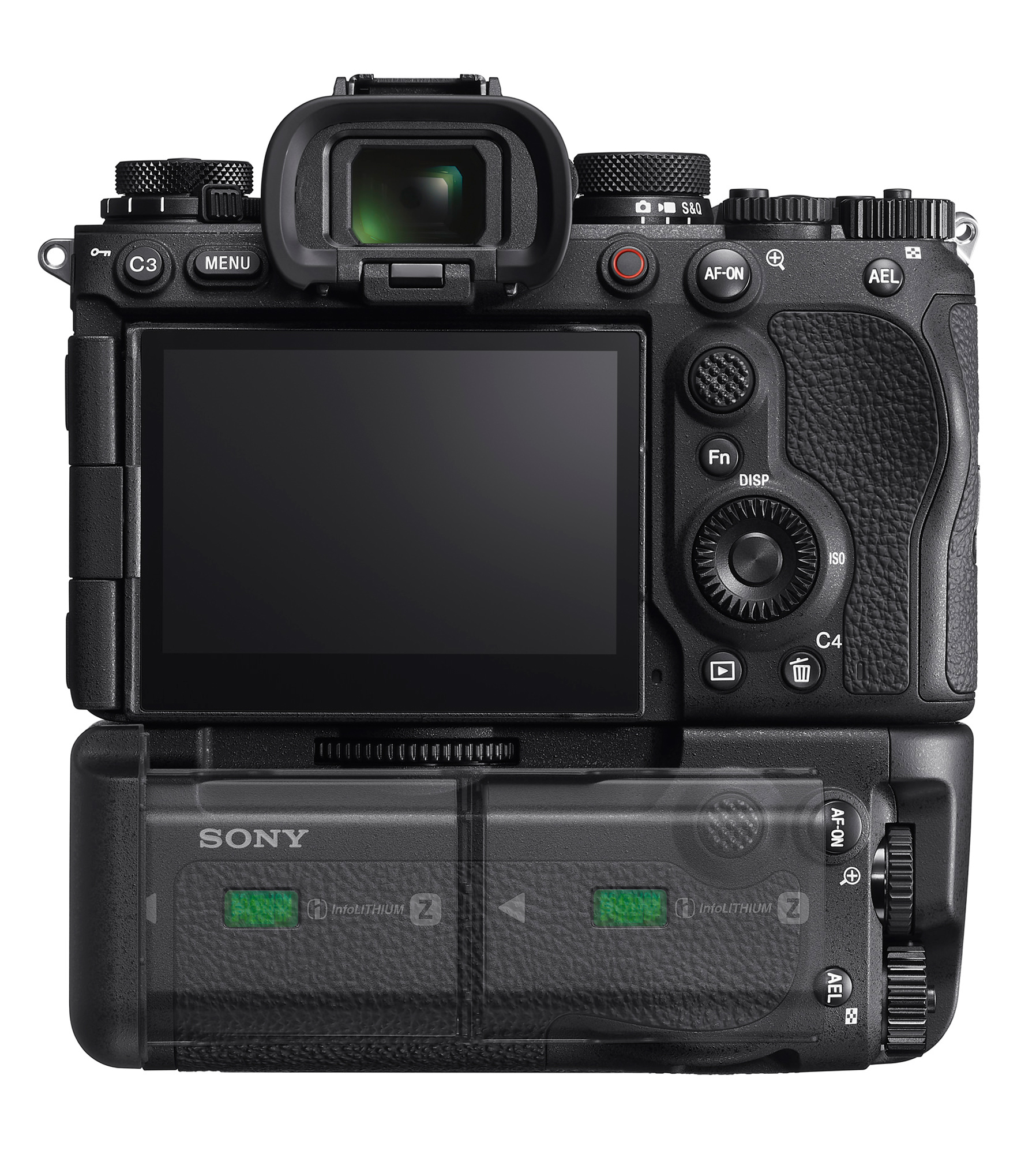

Some of the specs. Much more is available at the SONY website.
- 24.6-megapixel full-frame stacked sensor
- Shipping Spring 2024 for $5,999
- Human predictive auto focus
- 759 autofocus points covering 95.6 percent of the frame
- Shutter speeds to 1/80,000 in a single shot, burst up to 1/16,000
- Global shutter at up to 120 fps
- There are no flash sync speed limits, even while using third-party flashes
- Global shutter also eliminates banding caused by flickering lights
- Shutter speed up to 1/80,000 in a single shot, burst up to 1/16,000
- Shortcut button to quickly go from 20 fps to 120 fps (burst Mode)
- In-camera image review rating to sort through and select images
- Real-time eye autofocus, even with 120 fps
- Pre-capture for up to 1 second before the shutter is released
- Global shutter at up to 120 fps
- Low light autofocus down to -5 EV at f1.8
- Tilting LCD touchscreen
- 9.44 million dot OLED EVF with 120 fps refresh rate at highest quality or 240 fps with reduced quality
- Dust and weather-resistant
Final Words
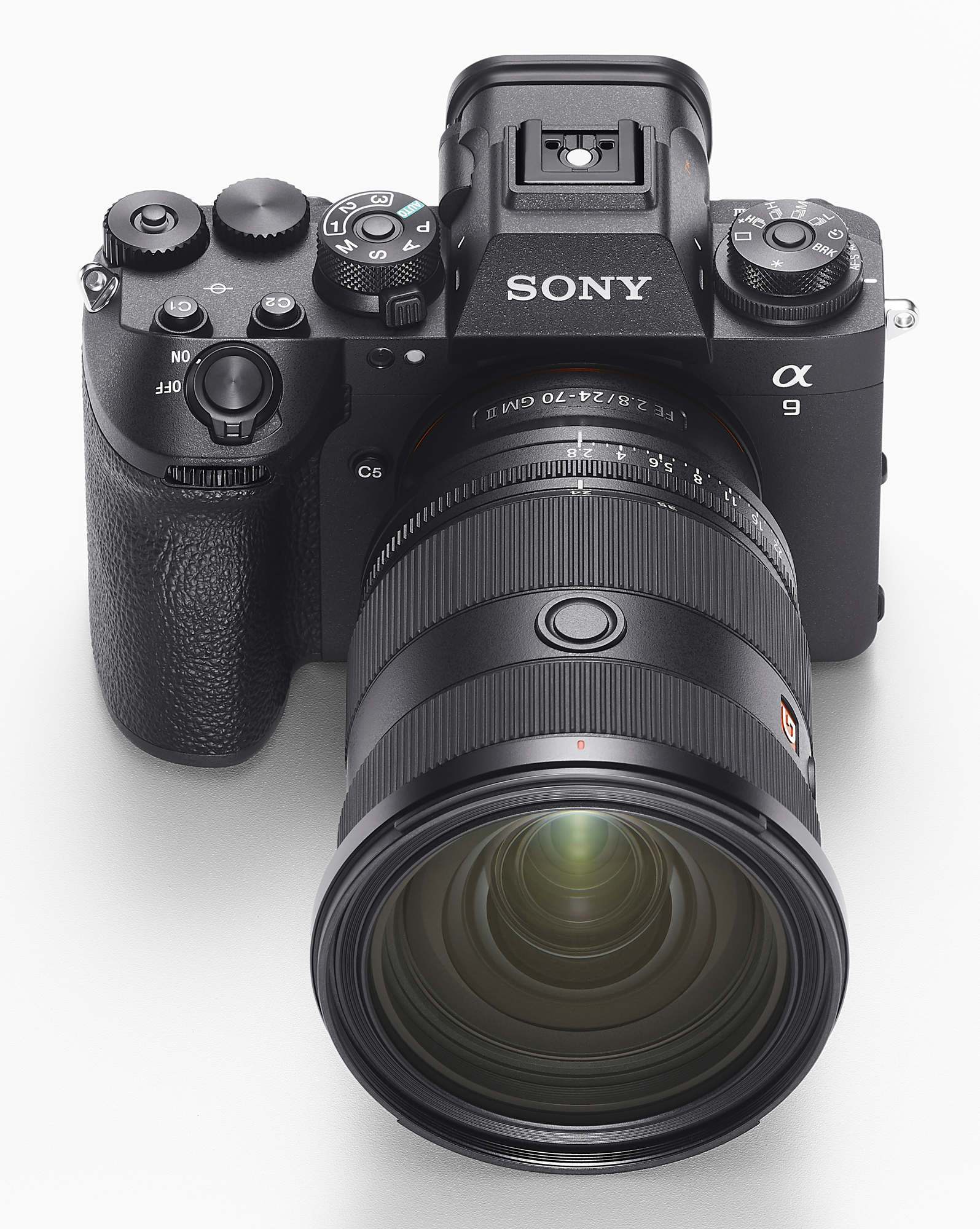

I have been a believer in Sony cameras for a long time. They have always been the first to innovate and, over the years, have produced some amazing glass for their cameras. This is a camera that will change photography, and I can’t wait to get my hands on one. I am sure there are thousands of others wishing to do the same things.
Sony took a big chance announcing so far ahead of the delivery date. They will stall the market and sales of cameras. Every photographer is going to want to Global Shutter. Sony is the only one that has it. Will users of other camera brands jump ship? Or, maybe they will wait to make their next purchase when Canon and Nikon have global shutters.
It’s going to be fun to see how all of this evolves.
Kevin Raber
November 2023
Read this story and all the best stories on The Luminous Landscape
The author has made this story available to Luminous Landscape members only. Upgrade to get instant access to this story and other benefits available only to members.
Why choose us?
Luminous-Landscape is a membership site. Our website contains over 5300 articles on almost every topic, camera, lens and printer you can imagine. Our membership model is simple, just $2 a month ($24.00 USD a year). This $24 gains you access to a wealth of information including all our past and future video tutorials on such topics as Lightroom, Capture One, Printing, file management and dozens of interviews and travel videos.
- New Articles every few days
- All original content found nowhere else on the web
- No Pop Up Google Sense ads – Our advertisers are photo related
- Download/stream video to any device
- NEW videos monthly
- Top well-known photographer contributors
- Posts from industry leaders
- Speciality Photography Workshops
- Mobile device scalable
- Exclusive video interviews
- Special vendor offers for members
- Hands On Product reviews
- FREE – User Forum. One of the most read user forums on the internet
- Access to our community Buy and Sell pages; for members only.








